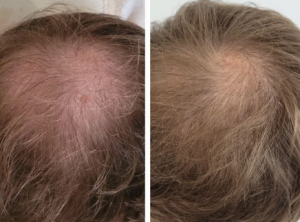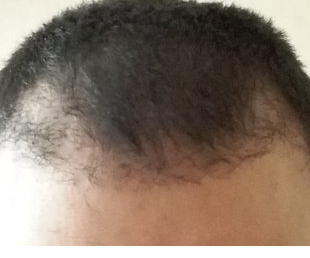I had a transplant about 10 months ago. I can feel the stubbles since back then but it doesn’t seem to grow. It’s now 10 months later and it’s still the same. I had transplants before and almost very quickly, i would notice the thickening and darkening from the previous procedures.
This last procedure was my fifth and don’t seem to see a good result at 10 months. By this time my the transplanted hair should be maturing, correct? I now have about less than 3000 grafts done. Each procedure done in the past, the doctor could never extract enough donor. Perhaps it’s my donor area. Any thoughts?
At 10 months following your hair transplant, you should definitely see growth. Unless I am misreading your question, if you had five procedures that totaled under 3000 grafts, that is not today’s standard of care… however, I can not judge what your doctor was doing.
I’m not even sure what kind of surgery you had — strip or FUE. Plus, I don’t know if he was chasing your hair loss, if you were on finasteride, what your scalp laxity was, etc.
Have you talked to your surgeon about why there’s been no growth after 10 months? If you need a second opinion, you can either schedule a visit in my office or see another good doctor if I’m not local to you.
2014-02-06 14:01:442014-02-05 11:25:1510 Months After My 5th Transplant, I’m Not Seeing Any New Growth




